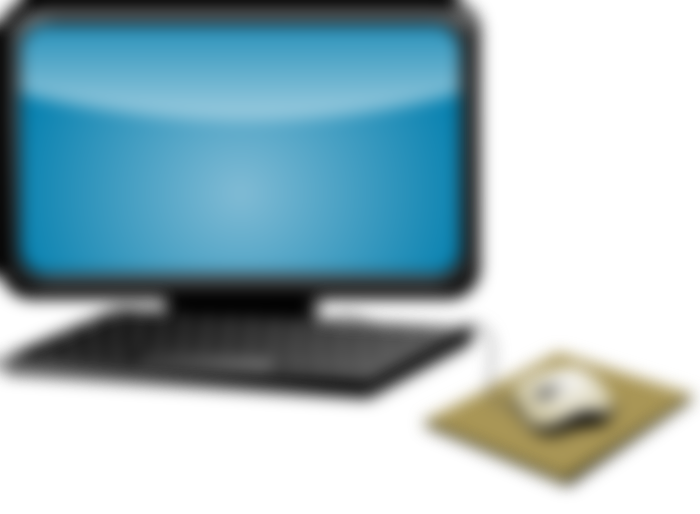Creating a Bootable USB Stick with Multiple Linux Systems
In the world of operating systems, Linux stands out for its versatility, customization, and open-source nature. As a Linux enthusiast, you might find yourself wanting to experiment with different distributions without the hassle of constantly reinstalling them.
Creating a bootable USB stick with multiple Linux systems is a convenient way to achieve this. In this comprehensive guide, we will walk you through the step-by-step process of creating a bootable USB stick that houses multiple Linux distributions.
Stick that is portable holds a functional OS; this is called a bootable USB stick. Multiple Linux varieties can be contained on one such stick seamlessly, avoiding interference with your original system.
By following this guide, you will be able to create a versatile bootable USB stick that can house different Linux preferences, allowing it to be a great companion as you learn, experiment, and resolve any issues.
Prerequisites

Before diving into the process, ensure you have the following:
A USB stick with a capacity of at least 16GB (for accommodating multiple distributions)
A computer running Windows, macOS, or Linux
Reliable internet connection
ISO images of the Linux distributions you wish to install
Selecting Linux Distributions
Linux offers an array of distributions, each with its own features, desktop environments, and target audiences. When choosing distributions for your bootable USB stick, consider your needs and preferences. Some popular options include Ubuntu, Fedora, Debian, CentOS, and Linux Mint.
Obtaining ISO Images
To get started on creating a USB stick for your Linux installations, first gather ISO images from reliable sources for the intended distributions. Trustworthy official websites usually have the most current stable versions to download from. Make sure to prioritize security measures when looking for verified ISO files.
Select Bootable USB Creation Tool
There are various tools available for creating a bootable USB memory stick. The selection may depend on your operating system.
Some popular options are:
Rufus (Windows): A lightweight and easy-to-use tool designed for Windows users.
Etcher (Windows, macOS, Linux): A cross-platform tool known for its simplicity and reliability.
UNetbootin (Windows, macOS, Linux): Allows creation of bootable USB from different ISO files.
Create a bootable USB stick

On Windows:
Insert the USB stick and launch the bootable USB creation tool of your choice.
Select the USB memory stick as the target device.
Browse and select the ISO image downloaded for your first Linux distribution.
Configure any other settings required by the tool.
Start the process and wait for it to complete.
Repeat this process for every other Linux distribution.
On macOS:
Insert the USB drive.
Start Etcher (or whatever tool you choose).
Select the USB memory stick as the target.
Choose the ISO image of your first Linux distribution.
Adjust any desired settings and continue the creation process.
Repeat this for each additional release.
On Linux:
Insert the USB drive.
Open a terminal window.
Write the ISO image to a USB stick using the dd command.
For example:
sudo dd if=/path/to/iso_image.iso of=/dev/sdX bs=4M status=progress && sync
Replace /path/to/iso_image.iso with the actual path and sdX with the appropriate device identifier.
Repeat the command for each additional release.
Configuring the Boot Menu
To configure your computer's boot menu to recognize and boot from the USB stick containing multiple Linux distributions, you'll need to follow these general steps. Please note that specific instructions may vary depending on your computer's manufacturer:
Restart your computer and enter the BIOS/UEFI settings by pressing a designated key (such as F2 or Delete) during startup. The exact key varies
To access the boot menu during startup, simply restart your computer and press the designated key (e.g., F2, F12, ESC) when prompted.
Managing Multiple Linux Systems
When you start your computer using the USB stick, a boot menu will usually appear. This menu gives you the option to choose which Linux distribution you want to use. The boot menu is typically controlled by a bootloader such as GRUB.
If you want to customize and manage the boot menu, you can make edits to the GRUB configuration files. However, it's important to have some understanding of Linux filesystems and boot processes before attempting any changes. To prevent any unintended consequences, remember to back up your important files beforehand in case your USB stick becomes unbootable.
Troubleshooting
If you are experiencing any difficulties when booting up your computer, please double-check that you have selected the correct USB stick from the boot menu and ensure that your computer supports booting from USB devices. By verifying these two aspects, you can troubleshoot any potential issues with
If you encounter any difficulties while installing, it is advisable to check for potential corruption in the downloaded ISO images. In such cases, it is recommended to re-download the ISO files and attempt the installation again.
Creating a bootable USB stick with multiple Linux distributions offers a powerful avenue to delve into the expansive realm of Linux, while ensuring the preservation of your primary system and avoiding permanent installations. This method promotes learning, allows for testing and experimentation, all without impacting your main setup.
Following the steps highlighted in this guide will equip you with a versatile tool, enabling you to delve into the captivating realm of Linux. Embrace the journey of exploration amidst the diverse landscapes offered within the Linux ecosystem!

